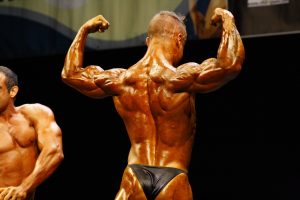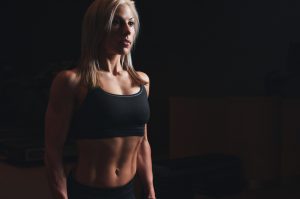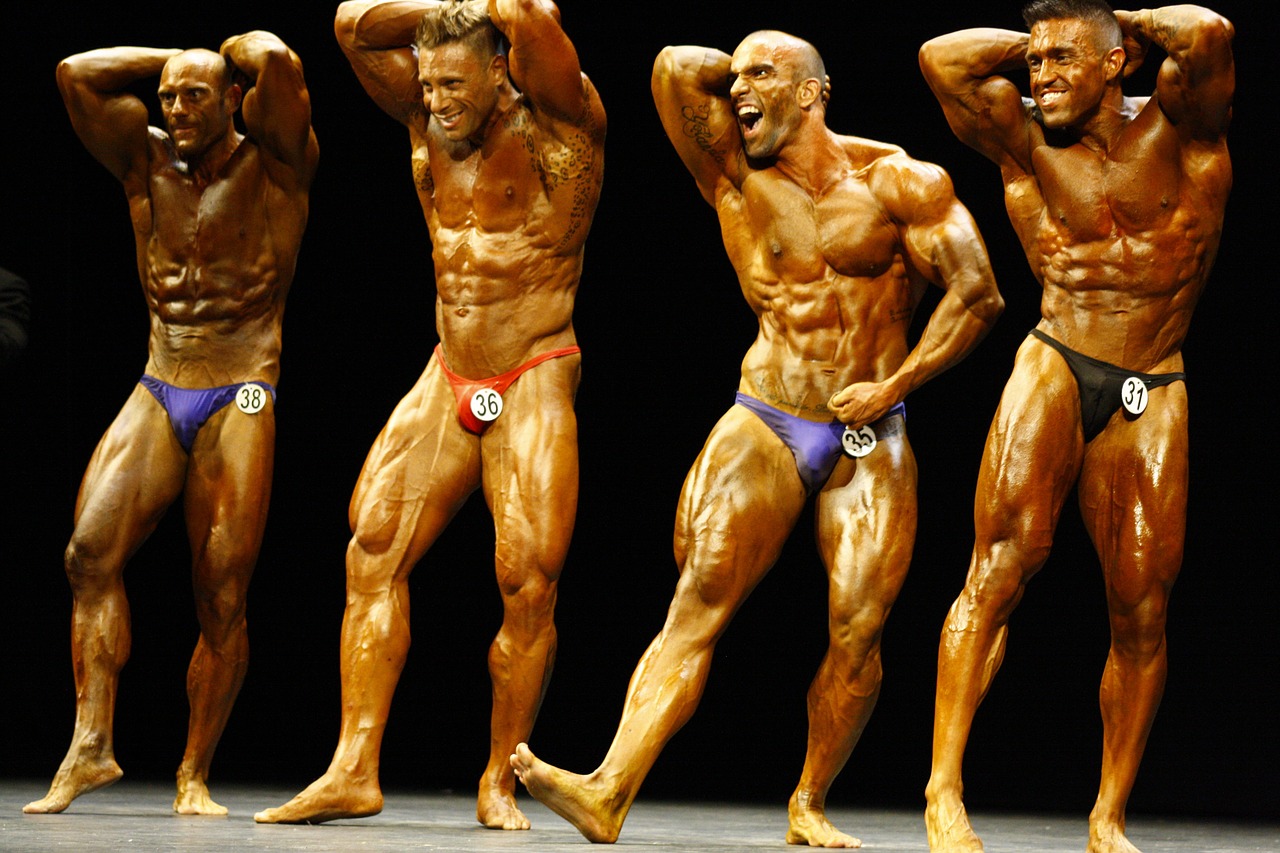Have you ever thought of entering a bodybuilding competition, but have no idea what to expect or how to proceed? After months or years of pounding away in the gym and eating healthy, you may wish to take your passion to a higher level. But before you can compete, you must first familiarize yourself with the different types of bodybuilding competitions and bodybuilding organizations. Read on to learn more.
What to Expect at a Typical Bodybuilding Competition
The first event of most competitions is the competitors’ meeting. This is where the participants are briefed on how they should walk on stage, mandatory poses, and basic stage presence. The judging process is also explained. Basically, it’s a rundown on what to expect during the show.
The next event is the morning show or prejudging. Prejudging consists of all the competitors in a class/division entering the stage. The judges then direct them to do a series of poses. Judges can have some competitors step back and some step forward so they can compare them better with other competitors. In this event, the judges rank each competitor.
The final event is the night show or finals. During the night show, each competitor comes out on stage and performs his or her routine. After that, placings are announced and medals are given. At the very end, there’s sometimes an overall competition. Note that this is just a general outline, and different contests have their own format.
Bodybuilding Competition Categories
• Bodybuilding

Athletes train to develop muscles to maximum size. They follow a special pre-competition training cycle to decrease the body fat level as low as possible to show the quality, density, and definition of their muscles. The one who can display more muscle detail will score higher in the contest. Athletes perform barefoot, in posing trunks.
• Classic Bodybuilding
This is for male athletes who have a lighter, “classic” physique. Instead of focusing too much on muscle mass, special attention is given to the overall physique, body proportions and lines, muscle shape, and condition (density, body fat level, and definition).
• Men’s Physique
This category is for males who do weight training, keep fit and eat a healthy diet, but prefer to develop a less muscular yet aesthetically pleasing physique. Contestants display proper shape and symmetry, combined with some degree of muscularity and good overall condition. Athletes should have stage presence, personality, and be able to present themselves with confidence.
• Women’s Bodyfitness

In this category, women do two rounds of quarter turns in a bikini-style costume of their choice and classic stiletto pump of any color. Participants show their figure in motion during a short onstage presentation called “I-walking.” At the beginning of Round 2, the top 6 competitors perform “I-walking” presentations and then quarter turns as a group. Judges will assess the overall appearance of the physique, taking into account symmetry, muscle tone and shape, individual style of presentation, confidence, poise and grace. This category is open to all well-shaped women who are working out and following a healthy sports diet.
• Women’s Bikini-Fitness
This category is aimed at women who eat healthily and keep their body in shape. The emphasis is on a well-shaped, fit, and attractive appearance, similar to that of physique models. Competitors are assessed in 2 rounds, wearing a two-piece bikini and high-heels. In both rounds, quarter-turns are performed. The final round starts with “I-walking,” which gives each contestant a chance to present her body and charm.
• Women’s Fitness
This category is for women who prefer a less muscular, yet athletic and aesthetically pleasing physique. There are two rounds in the semifinals and two rounds in the finals. Round 1 (90-second routine) and Round 2 (quarter turns) are performed during the pre-judging. In the finals, the top 6 competitors perform their posing routines (Round 3) and then quarter turns (Round 4). The scores from these two final rounds are added to determine the ranking of the competitors.
• Women’s Physique
This category is for women who have a heavier, bodybuilding-style body but still athletic and aesthetically pleasing. In Round 1, competitors’ physiques are assessed during quarter turns and four compulsory poses. In Round 2, compulsory poses and the posedown are performed. In Round 3, a 1-minute posing routine is performed to music personally chosen by the competitor.
• Women’s Wellness Fitness
This division is for women who prefer a muscular physique without muscle separation, but with a more significant body mass compared to Bikini Fitness. Contestants perform quarter turns in all rounds plus the “I-walking” presentation in the finals. Vertical proportions (legs to upper body length) are some of the key factors. Additionally, horizontal proportions (hips and waist to shoulder width) may favor women with bigger hips, thighs, and buttocks.
There are also mixed-pairs categories, where men and women compete together as a team. Each bodybuilding category also consists of different classes, which can be based on body weight, height, and age (for senior classes), depending on the specific organization.
Bodybuilding Competition Organizations
• National Physique Committee (NPC)
The NPC is the largest amateur bodybuilding organization in the US. It is the amateur arm of the IFBB. To be considered a professional, one must have at least a top 5 placing in a regional competition and a win at a national competition. Events are very competitive, with each one having at least 100 participants.
• International Federation of Bodybuilding and Fitness (IFBB)
The IFBB is a professional sports governing body for bodybuilding and fitness which oversees many of the sport’s international events, notably the World and Continental Championships. The IFBB holds more than 2,500 competitions at the local, national, regional, continental, and World Championship levels. Competitions are held for various sports disciplines the IFBB has recognized, many of which are organized with juniors, seniors, and masters divisions.
• Organization of Competitive Bodybuilders (OCB)
OCB is the amateur arm of the International Fitness & Physique Association (IFPA). Both are all-natural shows, which means participants are drug tested. All contestants are polygraph tested before the competition. Winners are further drug tested to verify the polygraph result. If you enjoy performing and like the feel of a smaller show, the OCB may be a good fit for you.
• Ms. Bikini America/Ms. Bikini Universe
These competitions have various categories and are associated with the Muscle Mania organization. One thing that differentiates this organization is the inclusion of more than one round for the bikini division. If you compete in Ms. Bikini, you’ll have both a bikini round and a theme wear round.
• World Beauty Fitness and Fashion (WBFF)
This competition most closely compares to a pageant/fashion show in addition to being a fitness/beauty contest. There are two rounds for the Diva Bikini Model and Diva Fitness Model categories. The two rounds for the Diva Bikini include bikini and evening gown. Meanwhile, the two rounds for Diva Fitness Model include bikini and theme wear. This contest involves creative modeling and runway-type posing.
Conclusion
As an amateur, you can try more than one organization to see what bodybuilding competition atmosphere suits you best. It’s best to attend a local contest as a spectator first. Most states hold several bodybuilding contests each year. A great place to start is to check out NPC News Online for local bodybuilding contest schedules and entry procedures. For more information about local bodybuilding contests, you can also check with the gyms in your area. Bodybuilding competition can be very rewarding, both mentally and physically, so don’t be afraid to go for it!

